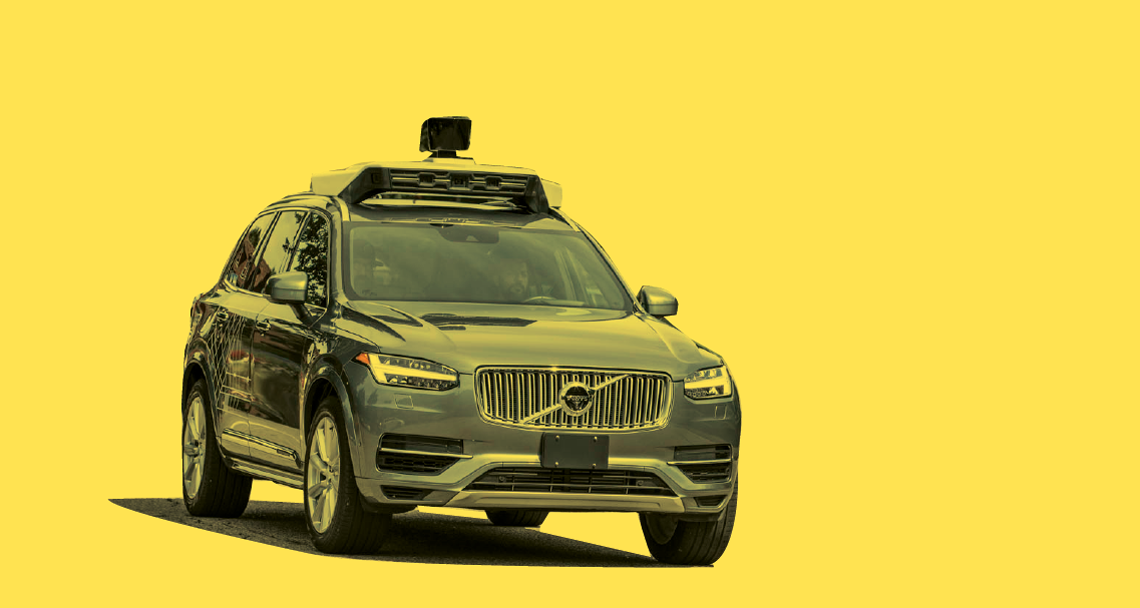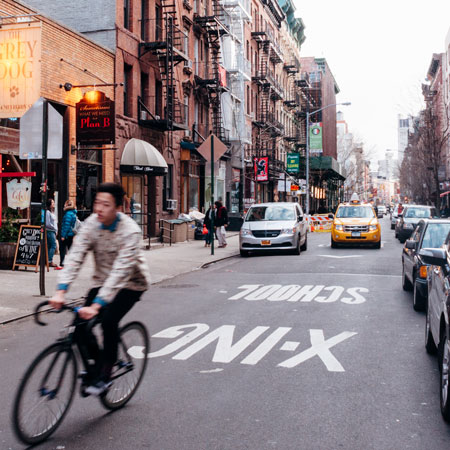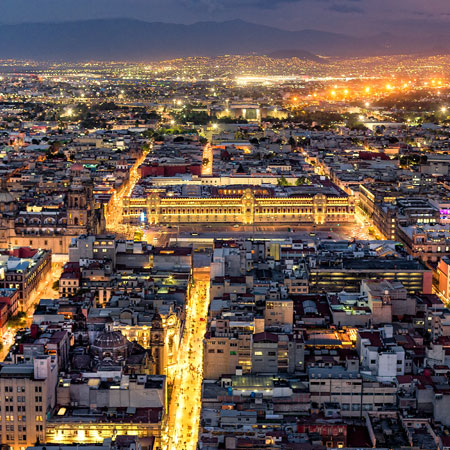Nicky Wightman: Transport is a key factor in a city’s success. That’s why the 2019 Tech Cities Index includes a category on mobility. Do you see a relationship between tech cities and interest in new types of mobility?
Eugenie Teasley: A city’s mobility and its tech credentials don’t always go hand in hand. Amsterdam was reimagining its streets to make cycling the mode of choice well ahead of the tech upswing globally. But in San Francisco, tech gets into everything, including mobility – you found JUMP bikes [shared electric bikes] there before anywhere else. The evolution of mobility isn’t just about infrastructure, though, it’s also about a government’s approach to experimenting and allowing innovation in often highly regulated markets.
Cities struggle with moving millions of people around. Where do shared-mobility services such as Uber fit within a city’s wider integrated transport system?
Our platform vision is to enable people to have seamless multimodal journeys, and to work with other forms of transport – trams, metros, buses, subways. For example, we’ve just launched Uber Transit in Denver, Colorado, which provides real-time public transport information so people can decide what sort of journey would suit them best. We would love to see people move away from owning cars towards relying on shared transport.
Can car-sharing make poorly connected locations more economically viable from a real estate perspective?
A few years ago, if you lived in the outer boroughs of New York you had two options: public transport or your own car. Car-sharing has deepened the transport offer. Now, more than 50% of Uber trips in New York originate in the outer boroughs. In addition, we’re also finding people in these areas use the service to get to and from transport hubs, complementing the existing public transit offer.
Elsewhere, we’re seeing apartment complexes that have few or no parking spaces. This frees up space for other facilities, such as gyms and cinemas, while tenants who forgo a parking space receive credits to spend on Uber rides.
What does urban planning need to improve on to quicken the arrival of self-driving cars?
There are different challenges for different cities around the world. In the US, the grid system of most city streets makes it a lot easier for self-driving vehicles to navigate. In Europe and other parts of the world, however, the web of narrow streets makes it harder. So, in the first instance, determining a small number of key routes where self-driving cars could provide pooled rides, and ensuring there is suitable provision for clear pedestrian and cycling routes, will be key.
Abolishing parking minimums would free up both curb space and urban space, which would give smoother routes and allow for more sustainable urban design. San Francisco recently abolished parking minimums for future developments. In London, the Mayor wants to see “an appropriate balance being struck between promoting new development and preventing excessive car parking provision that can undermine cycling, walking and public transport use”. He also wants to see one in five spaces designated for electric-vehicle charging.
Do you see drones and vertical take-off and landing (VTOL) aircraft playing a role in future mobility solutions?
Yes, and we’re actively working with aviation leaders to make this happen. As part of our Elevate programme we’re convening aircraft companies such as Bell and Embraer, regulators and government agencies and real estate partners to make sure we are all working together. We’ve identified Dallas and Los Angeles as the first two cities to test 100% electric VTOLs with aims to launch a public service by 2023.




